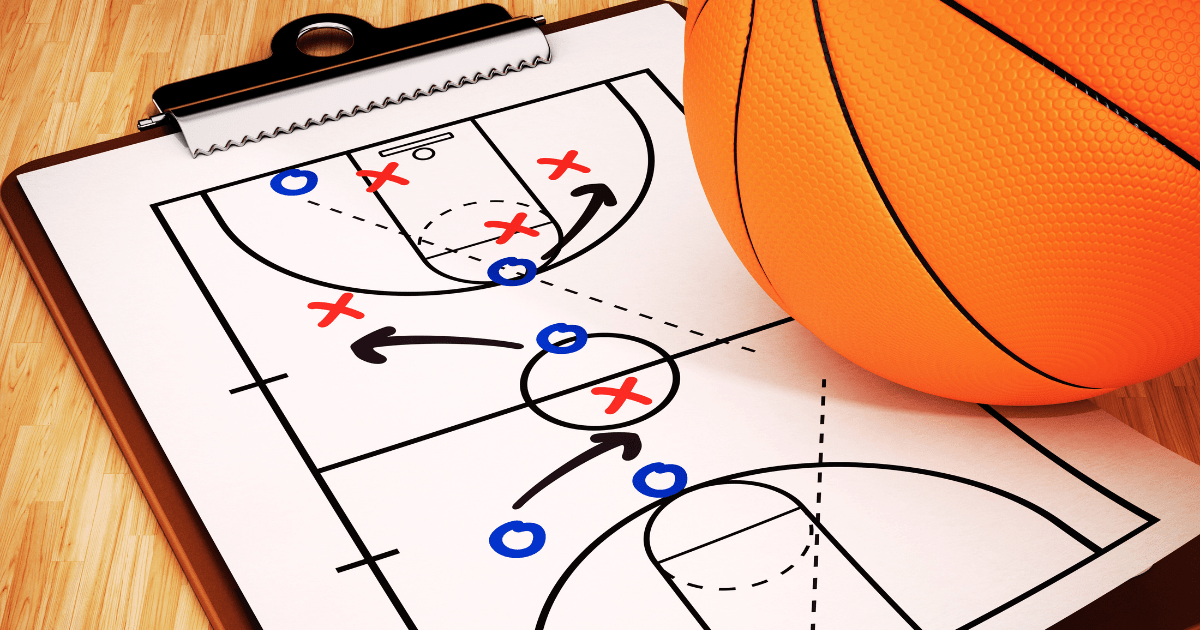Basketball, a sport known for its fast pace, athleticism, and strategic complexity, has captured the hearts of millions worldwide. While the game itself is an art, the ability to visualize and draw basketball scenes and players adds another dimension to appreciating and understanding the sport. Drawing:cul23ybyzfm= basketball players, scenes, and even plays can help enthusiasts, artists, and players alike to delve deeper into the nuances of the game. This article will guide you through the process of drawing basketball-related content, exploring techniques, tips, and the importance of visualization in basketball.
The Basics of Drawing Basketball
Before diving into complex scenes and dynamic player movements, it’s essential to understand the basic elements of drawing basketball. These basics include drawing the basketball itself, the court, and the players in their most fundamental forms.
Drawing a Basketball
Start with a Circle: The basketball is a sphere, so begin with drawing a perfect circle. You can use a compass or a circular object to trace if needed.
Add the Lines: A basketball typically has eight lines. Draw two curved lines intersecting at the middle, forming a sort of ‘X’ shape. Add two more curved lines perpendicular to the first set, creating a network of eight segments.
Texture and Details: Basketballs have a distinct texture. You can add dots or small circles to represent the pebbled surface. Make sure the lines curve slightly to give the ball a three-dimensional appearance.
Drawing the Court
Outline the Court: Start with a rectangle, representing the boundaries of the court. Divide it into two halves to mark the mid-court line.
Key Areas: Draw the key (the paint) areas on both ends. These are typically rectangular shapes near the baskets.
Free Throw and Three-Point Lines: Add the semi-circular free throw lines and the three-point arcs. These lines are crucial in defining the basketball court.
Drawing the Players
Basic Anatomy: Start with basic shapes to outline the human figure. Circles for the head, joints, and torso, and lines for the limbs.
Proportions: Pay attention to proportions. Basketball players are usually taller and have a lean build. Ensure your drawings reflect the athletic build.
Action Poses: To make the drawing dynamic, place the players in action poses. This could be dribbling, shooting, or defending.
Techniques for Dynamic Basketball Drawings
Drawing basketball is not just about static images; capturing the movement and dynamism of the sport is crucial. Here are some techniques to bring your basketball drawings to life.
Gesture Drawing
Gesture drawing is a quick and effective way to capture the action and movement of basketball players. This technique involves sketching the basic forms and movements of the body in a loose and fluid manner. Here’s how to do it:
Quick Sketches: Start with quick, light sketches. Focus on the movement rather than details.
Fluid Lines: Use long, sweeping lines to capture the motion. Avoid rigid or straight lines.
Proportions and Angles: Pay attention to the angles and proportions of the body in motion. A player jumping or running will have different proportions compared to a standing pose.
Capturing Expressions and Emotions
Basketball is an emotional game. Capturing the expressions and emotions of players can add depth to your drawings. Focus on:
Facial Expressions: Draw the intensity in the eyes, the determination, or the frustration. Small details like furrowed brows or clenched teeth can convey a lot of emotions.
Body Language: The posture and stance of players can show their effort and energy. A bent knee, an outstretched arm, or a twisted torso can indicate movement and tension.
Backgrounds and Context
Adding backgrounds and context to your drawings can enhance the story and setting. Consider:
Court Details: Include elements like the hoop, backboard, and crowd. These details ground your drawing in the setting of a basketball game.
Crowd and Atmosphere: Adding a crowd, even in a simplified form, can add excitement and realism. Show the enthusiasm or the tension of the spectators.
Tools and Materials for Basketball Drawing
Choosing the right tools and materials can significantly affect the quality and style of your basketball drawings. Here’s a quick guide:
Pencils and Paper
Graphite Pencils: Start with HB pencils for light sketches and move to 2B or 4B for darker lines and shading.
Sketch Pads: Use smooth or lightly textured sketch pads. A4 or larger sizes are preferable for detailed work.
Inking and Coloring
Ink Pens: Fine-tip pens are excellent for outlining and adding details. Micron pens or similar brands offer a range of tip sizes.
Markers and Colored Pencils: For adding color, use markers for bold, vibrant colors and colored pencils for shading and subtle tones.
The Importance of Visualization in Basketball
Visualization is a critical skill in basketball, not just for artists but also for players and coaches. Drawing basketball scenarios can help players visualize plays, improve their understanding of game strategies, and enhance their spatial awareness.
For Players
Improved Understanding: By drawing plays and movements, players can better understand their roles and responsibilities on the court.
Mental Rehearsal: Visualizing and drawing plays can act as a form of mental rehearsal, helping players to execute plays more effectively during games.
For Coaches
Communication: Drawing diagrams of plays and strategies can help coaches communicate more clearly with their team.
Analysis: Coaches can use drawings to analyze and break down opponents’ strategies, finding weaknesses and developing counterplays.
For Fans and Enthusiasts
Deeper Appreciation: Drawing can lead to a deeper appreciation of the sport, understanding the intricacies and beauty of the game.
Engagement: Creating fan art and sharing it with the community can enhance engagement and connection with other fans.
Conclusion
Drawing basketball scenes and players is not only an artistic endeavor but also a way to deepen your understanding and appreciation of the game. Whether you’re an artist looking to capture the dynamism of the sport, a player seeking to visualize plays, or a coach aiming to communicate strategies more effectively, drawing can be an invaluable tool. By mastering the basics, using dynamic techniques, and understanding the importance of visualization, you can bring the excitement and intensity of drawing:cul23ybyzfm= basketball to life on paper. So, grab your pencils and start sketching your way into the heart of the game.




